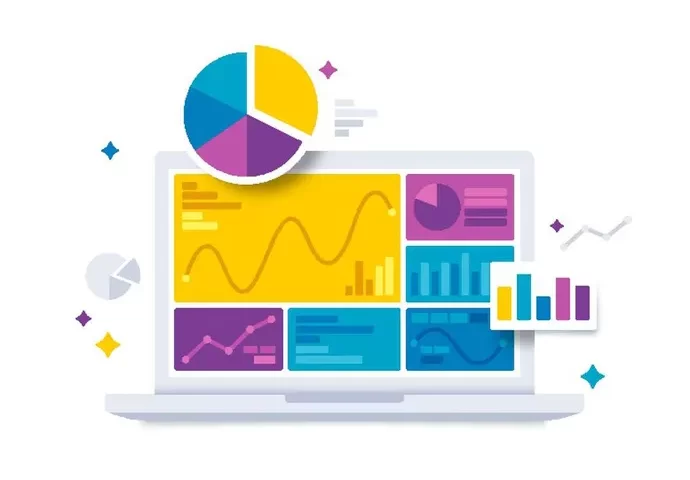- Have any questions?
- (Prasad) +91 96191 46851 | (Parag) +91 99878 20022
- support@pnpwebdesign.com
Navigating the Digital Landscape: Understanding Website Analytics

Exploring the World of ChatGPT Website
October 24, 2023
Navigating the YouTube Website: Your Gateway to Online Video
October 24, 2023Navigating the Digital Landscape: Understanding Website Analytics

Introduction: Unveiling the Secrets of Your Online Presence
In an increasingly digital world, the performance of your website is paramount. “Website Analytics” serves as the flashlight in the dark cave of the internet, illuminating the insights and data needed to understand your online presence. In this blog post, we’ll delve into the realm of website analytics, from what it is to how it can empower you to make data-driven decisions for your online venture.
Website Analytics: What Is It and Why Does It Matter?
Website analytics involves the collection, measurement, and interpretation of data related to your website’s performance and user interactions. This data encompasses a wide range of metrics, such as:
- Traffic: Understanding how many visitors your site receives.
- Pageviews: Determining which pages are most popular on your site.
- Bounce Rate: Measuring how many visitors leave your site without engaging with it.
- Conversion Rate: Tracking the percentage of visitors who take a desired action, like making a purchase or signing up for a newsletter.
- Referral Sources: Identifying where your website traffic is coming from, whether it’s through search engines, social media, or other websites.
- User Demographics: Gaining insights into the demographics and interests of your audience.
Why does it matter? Website analytics matters because it enables you to:
- Optimize User Experience: Understand how visitors navigate your site, allowing you to improve usability and content.
- Measure Success: Track the effectiveness of your online marketing efforts and campaigns.
- Make Informed Decisions: Data-driven insights help you make decisions to boost your online performance.
Key Metrics in Website Analytics: What You Need to Know
In the world of website analytics, several key metrics take center stage. These include:
- Pageviews: Measuring the number of times a page on your website has been viewed. Higher pageviews may indicate increased interest.
- Bounce Rate: The percentage of visitors who navigate away from your site after viewing only one page. A high bounce rate might signify issues with your content or site design.
- Conversion Rate: Tracking the proportion of visitors who take a desired action, such as making a purchase or subscribing. A higher conversion rate is usually a good sign.
- Traffic Sources: Understanding where your website traffic originates from, including direct, organic (search engines), and referral (other websites) sources.
- User Behavior: Observing how visitors interact with your site and where they drop off, helping you improve user experience.
- Average Session Duration: Measuring how long visitors stay on your site. Longer durations often indicate engaging content.
Tools for Website Analytics: Google Analytics and Beyond
Google Analytics is one of the most popular and powerful website analytics tools available. It offers a comprehensive suite of features for tracking, analyzing, and reporting on website data. Other analytics tools, such as Adobe Analytics and Matomo, provide similar capabilities, each with its unique advantages.
Regardless of the tool you choose, integrating analytics into your website is crucial to gain valuable insights into your online performance.
Interpreting and Using Analytics Data
Collecting data is just the beginning. The real power of website analytics lies in your ability to interpret and use the data effectively. To harness the insights from analytics:
- Set Goals: Define what you want to achieve with your website and use analytics to track your progress.
- Regularly Review Data: Make it a habit to check your analytics reports to spot trends, anomalies, and areas that need improvement.
- A/B Testing: Experiment with different website elements and analyze the impact on user behavior and conversions.
- Take Action: Use the data to make informed decisions, whether it’s optimizing content, refining your marketing strategy, or improving user experience.
Conclusion: Empowering Your Digital Journey with Website Analytics
In conclusion, website analytic is the compass that guides your online journey. It provides invaluable insights into how your website is performing, helping you make data-driven decisions to improve user experience, boost conversions, and achieve your online goals. Embrace the power of website analytic, and you’ll be well-equipped to navigate the digital landscape and succeed in the ever-evolving online world.




